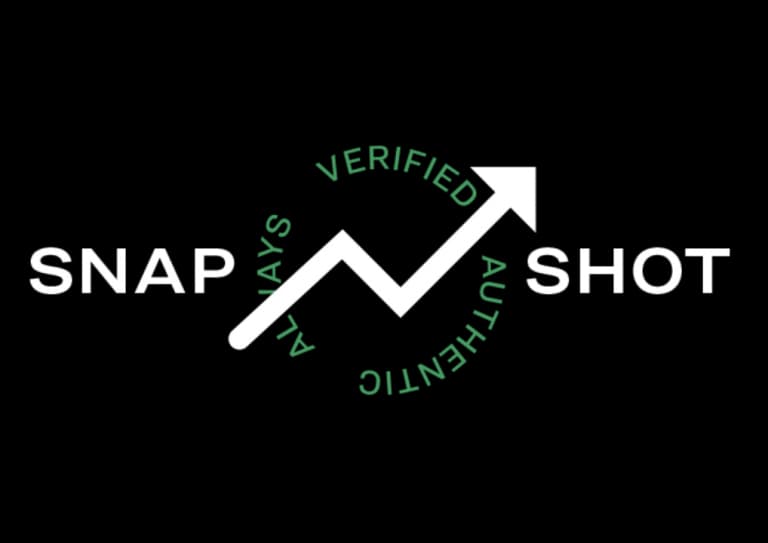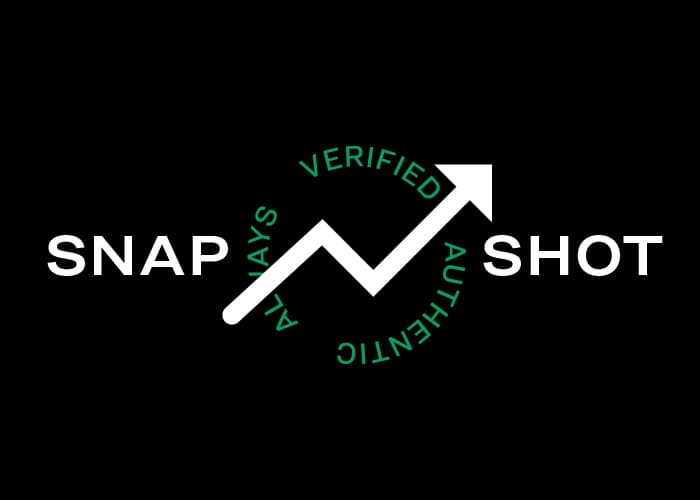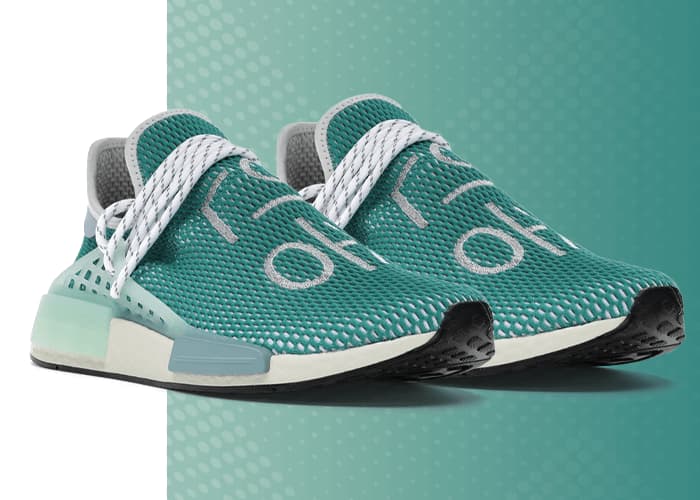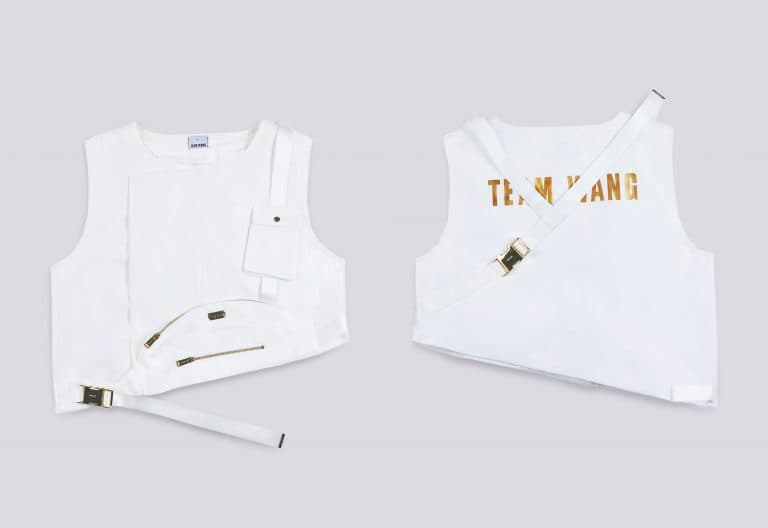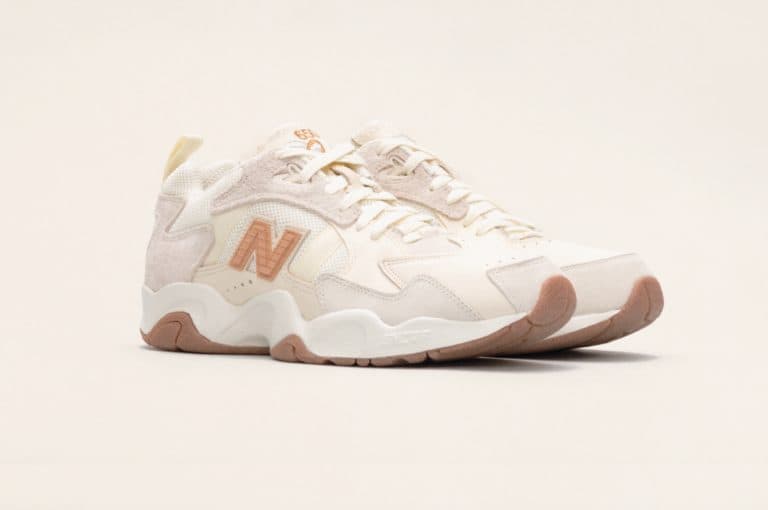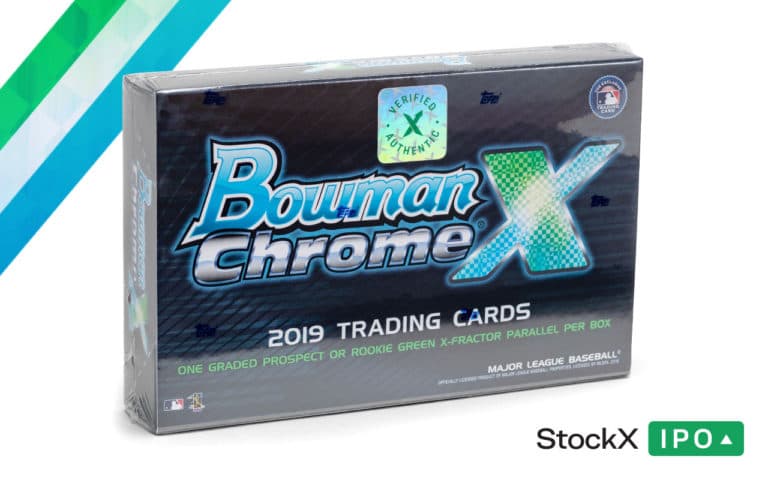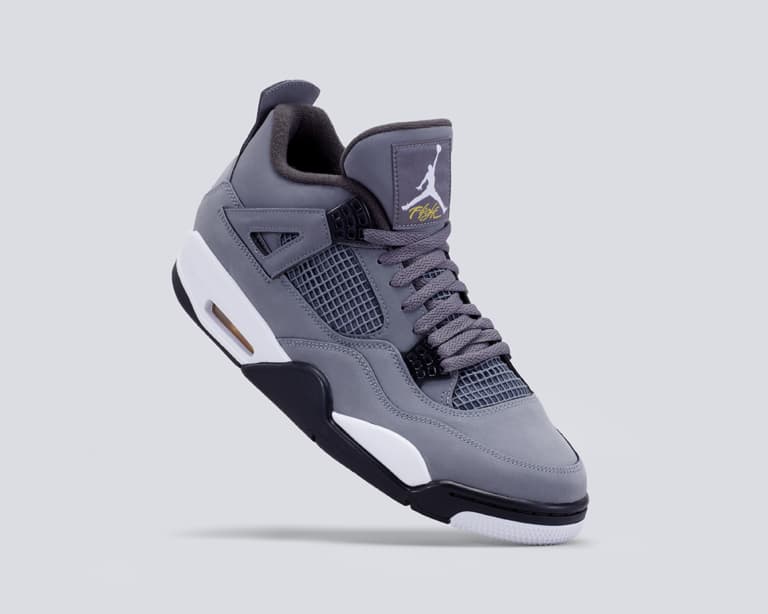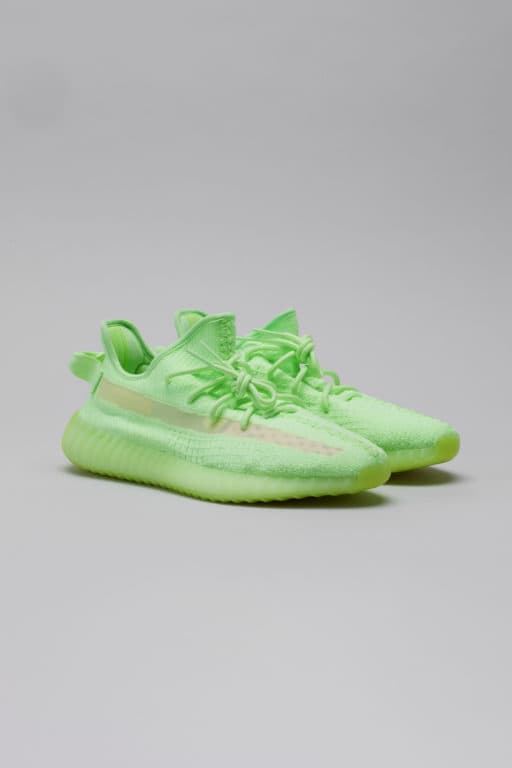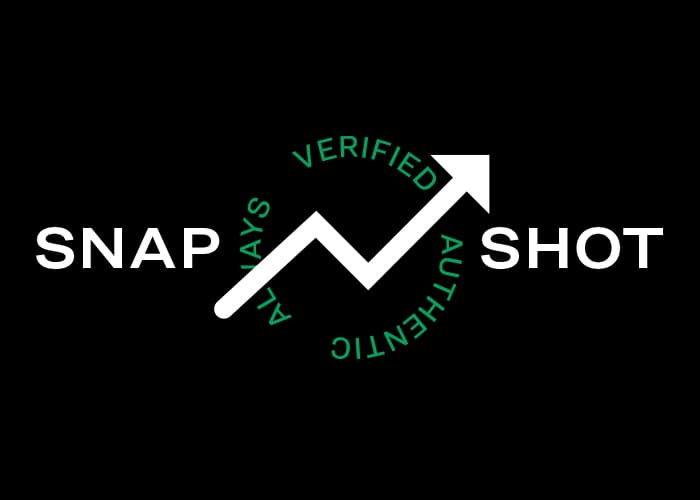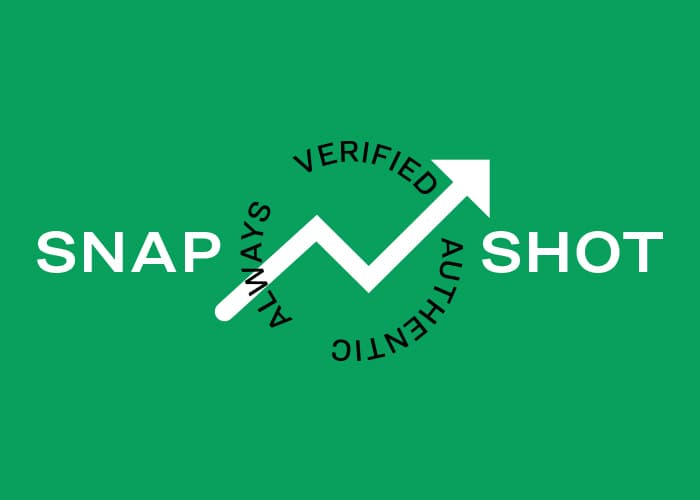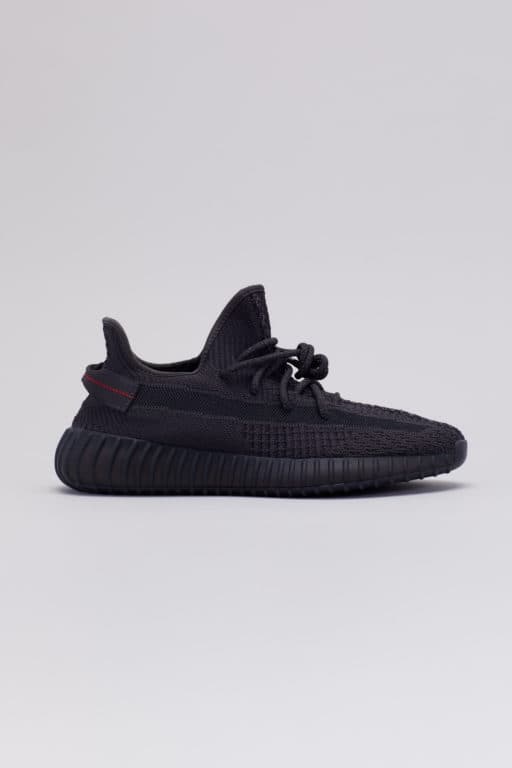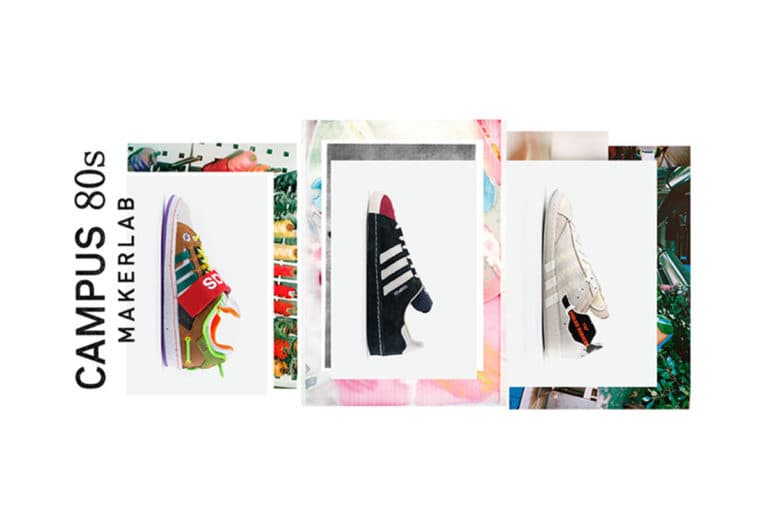It’s time to announce the winners of the 2019 StockX Data Contest. We were truly overwhelmed by the number of entrants and the quality of the analyses this time around. Well over 200 people entered the contest, and we saw some truly insightful, creative, and (in some cases) hilarious submissions.
As a reminder: the data consisted of nearly 100,000 randomly selected Nike x Off-White and Yeezy 350 sales between September 2017 and the present. The entries were judged on their visual creativity, analytic rigor, and overall insight. Each entry went through two rounds of review, with the top 3 prizes determined by a panel of 6 StockX team members (and fellow data nerds).
So without further ado, here are the winners…
Grand Prize ($1000)
Ryan Lee (@ry_lee99) – Visualizing the Best/Worst Time to Sell and to Who
Overall, the two most popular research question proved to be “when is the best time to resell?” and “what states have the highest premiums”. The grand prize entry, from Ryan L., managed to address both of these questions with a single, impactful heat map. There’s just a ton of great insights packed into this one, elegant data visualization. It offers a powerful illustration of how prices change over time, while also shedding light on how premiums vary across states. We also love how it utilizes empty space (e.g. the blank cells) to show changes in overall market availability. There was a ton of amazing competition in this contest, but Ryan’s entry was our consensus top pick. In addition to winning $1000 in site credit, a printed and framed copy of this chart will be hung on the walls of our recently redesigned office space, where team members and visitors can appreciate it.
2nd Place ($500)
John Horton (@johnhorton) – Effects of Halloween Seller Fee Reductions
We frequently hear grumbling that our seller fee promos have long-lasting, negative effects on resale prices. This entry, which analyzes price changes before and after our 2018 Halloween seller fee reduction, disproves this oft-heard complaint once and for all. We loved how John used the data to tackle a discrete and answerable research question, presenting results that were both cogent and definitive. He also gets novelty points for being the only entrant to analyze the effect of promos on prices. John also provided the code via github, for those interested.
 Summary: In the period covered by the dataset, StockX has run Halloween promotions cutting the seller fee to 3.1%. Using sneakers with substantial transaction volume around the 2018 Halloween promotion, I show there is a large spike in sales on Halloween but no detectable effect on the price. There is no evidence of sales being “pulled forward” or “pushed back” around Halloween, suggesting there was no anticipation effects and that the market is highly liquid. Looking by Brand, there is some visual evidence that the larger the seller fee reduction, the greater the increase in volume. The elasticity of the transaction volume with respect to the seller fee is about −1.3 (from a regression).
Summary: In the period covered by the dataset, StockX has run Halloween promotions cutting the seller fee to 3.1%. Using sneakers with substantial transaction volume around the 2018 Halloween promotion, I show there is a large spike in sales on Halloween but no detectable effect on the price. There is no evidence of sales being “pulled forward” or “pushed back” around Halloween, suggesting there was no anticipation effects and that the market is highly liquid. Looking by Brand, there is some visual evidence that the larger the seller fee reduction, the greater the increase in volume. The elasticity of the transaction volume with respect to the seller fee is about −1.3 (from a regression).
3rd Place ($250)
Sarom L. – Lunar Hype
A number of people used the data as an opportunity to explore interesting and original causal connections between sneaker prices and real-world events. One person looked at the effect of Kanye’s tweets; another mapped the effect of the government shutdown; another explored whether the number of cows in each state affected geographic variations in resale prices (no joke!). Now, we all know that correlation doesn’t equal causation, but pretending it does can sure be entertaining! And of all the creative cause-and-effect analyses, Sarom’s “Lunar Hype” entry was our favorite. (Bonus points for using Python for the data analysis.)
Honorable Mentions
We also selected a number of “honorable mention” entries, some of which are featured below. These were all truly exceptional submissions that only barely missed out on making the Top 3. Each person in the honorable mention group will receive an exclusive StockX Data Contest t-shirt to recognize their accomplishment. We don’t have space to feature all the honorable mentions here, but below are a few highlights:
Karina K. – Customer Willingness To Pay by Region
This entry, which was presented in the form of an interactive bubble plot, was one of the most elegant illustrations of per capita buying patterns:
Summary: There are two main things that this chart shows. Firstly, it shows a negative relationship between the retail price and the sale price. The cheaper the retail price, the more willing customers are to spend more above the retail price. Secondly, it also shows that even though California is the top buyer region, it does not mean that a high percentage of people buy from StockX. On the other hand, Oregon, which ranks third in the buyer region, shows that a high percentage of people buy their shoes from StockX, almost 2 sales per 1000 people.
Dave Holtz – So, You Wanna Flip Some Yeezy Boost 350s…
Lots of great insights packed into this entry, including a great illustration of how Frozen Yellow 350 prices fell precipitously after their release:
Summary: I was interested in understanding the optimal strategy for making mad bank as a StockX seller. I used the Yeezy Boost 350 data as a case study, and took a look at the average sale price for different colors and sizes, and how that average sale price varied over time. One immediate takeaway is that you should try to flip those Yeezys as quickly as possible. For most colors, the sale price was essentially constant over time. However, for a couple of colors (e.g., Semi-Frozen Yellow), the average sale price just goes down over time. Yeezys, it seems, are not an appreciating asset.
Tony Z. – The Electoral College: Sneakerhead Edition
Another beautiful data visualization revealing multiple insights into geographic buying patterns and variations by brand:
Summary: The chart depicts a cartogram of the US scaled by StockX sales per capita. Larger states have a larger percentage of Sneakerheads. In other words, you’re more likely to see some heat at a random street in Delaware than in California. A few trends immediately pop out—broadly speaking, the New England area, the Mid Atlantic (MD, VA, DE, DC), and Oregon represent regions that are punching well above their weight. States are colored weighted by the proportion of purchases that lean more Off-White or more Nike when compared to the national average (~72%). There exists a strong correlation between this chart and how your typical electoral college looks with the exception of the northeast. Due to his friendship with Trump, Kanye and Yeezys map to red, while Virgil and Off-White maps to blue.
Patrick F. – When Should I Buy Yeezys/Off-Whites on StockX?
Another cool visualization showing how prices change before and after release date, and when is the optimal time to buy:
John Relunia – Did The Government Shutdown Affect Resale Prices?
As far as research questions go, this was among the most interesting and insightful:
Summary: In my analysis of the sample data, I set out to see how the recent government shutdown affected sneaker sales. My hypothesis was that most, if not ALL states, would show a drastic decrease in sales. Conversely, my results show some astonishing results. The government shutdown lasted 35 days. My sample consisted of sales 35 days prior to the government shutdown versus during the shutdown. Since state population is a huge factor on the number of sales, I decided to take the percentage change between the two time frames and not solely based on total sales. I highlighted the top 5 positively affected states (green) and the 5 most negatively impacted states (red). Some of this data is expected, as it shows that the District of Columbia (and its high number of government employees) shows a 40% decrease in sales during the shutdown. The most negatively impacted state was North Dakota, coming in at a staggering 75% decrease in sales. However, the increase in sales is most surprising. Montana may have the highest increase in sales during the shutdown at 433%, but for Oregon to have a 255% increase in sales is even more eye-opening due to population.
Aaron B. – The Blazer Swoosh Curve
We’ve long noticed that resale prices for hyped sneakers, when plotted over time, often resemble the Nike Swoosh. This entry showed how Off-White Blazers follow this pattern closer than most:
Summary: Being an avid Nike fan, I began asking myself “which shoe best encapsulates the brand of Nike?” Maybe the AF-1? The Jordan 1? Or even the Air Max 90? Well according to the raw data (which is always the best kind of data), the shoe which best represents Nike (and their bottom line $$) is the Blazer! Even I’ll admit, in terms of great spurious correlations, this is up there.
Chris L. – Yeezys Resold per Capita
Several people went above and beyond and submitted dynamic and interactive visualizations. This was one of the standouts:
Summary: After wrangling features from the dataset, the goal was to visualize where resold Yeezys from StockX were ending up. To do that, I created an interactive choropleth map with a scroll bar to show the monthly change in the amount of resold Yeezys found in a state per 100,000 people. “Yeezys Resold per Capita” is a representation of the number of Yeezys resold by state divided by the state’s population, then multiplied by 100,000. I concluded that one will find the most people with Yeezys bought from StockX in Oregon for every 100,000 people.
Analysis: Oregon and Delaware have smaller feet, it would appear. This is not because of low volume of sales, either. In fact, Oregon comes in at #3 in total sales, at 7681—ahead of states like Texas and New Jersey—and just behind the top 2 (California and New York). As evidenced by the data above, Oregon and Delaware are complete outliers from the rest of the nation, regardless of brand. They differ from the rest of the nation so much so that they don’t even fit in the box plot and have to be plotted individually—with a large enough number of transactions, as mentioned above.
Anna T. – Sunday Correlations
One of the funniest entries we received…
Summary: In ancient Rome, Emperor Constantine declared Sunday a day of rest. This idea has persisted over a millennium later; sneakerheads, parking cops, and Donald Trump are no exception. The attached heatmap shows the frequency of occurrences by day of the week for various categories. The colors range from blue (least frequent) to orange (most frequent). For StockX, Sunday was the day of the week with the least sales. In Chicago, Sunday was your best chance not to receive a parking ticket. For Donald Trump, Sunday is (barely) his day off from Twitter. However, Sunday was the most popular day for searches for “vegan recipe” on Google (the percentages are the average Google search index for that day.)
Curtis L. – Off-White vs. Yeezy Investments
Just a ton of great info presented in this custom dashboard:
 Summary: This analysis shows how Nike and Off-White have been able to provide a much higher average return on your investment vs. the adidas Yeezys. With this higher return, it has also had a higher average fall since first introduced.
Summary: This analysis shows how Nike and Off-White have been able to provide a much higher average return on your investment vs. the adidas Yeezys. With this higher return, it has also had a higher average fall since first introduced.
Candon J. – The “Ye” Effect
No visualization here, but this analysis, which used a fixed-effect linear regression model to estimate the impact of “Ye” (the album) on Yeezy profitability, was one of the most rigorous and sophisticated analyses we saw (and bonus points for using OG stat software STATA):
Summary: I was interested in looking at the impact of a new Kanye West album on the profitability of Yeezys. I created an indicator variable for Yeezy shoes (Off-White the control group), and for dates following the release of “Ye” on June 1, 2018. I used a linear regression including year-fixed effects, robust standard errors, and shoe variables. To determine the impact of an album on Yeezy shoes, I constructed an interaction term, interacting Yeezy shoes and the indicator term for the period following the album’s release. Column 1 shows the baseline regression, regressing on shoe size. The square term shows the shoe size and profitability has a quadratic relationship, increasing to a certain size and then decreasing as size increases. This relationship holds in column 2 when including the Yeezy indicator, but drops out when including the Ye variable and interaction term. Both Yeezys and Ye are found to have a negative impact on profitability. This means Yeezys sell for less than Off-White on average, and all shoes sold after June 1, 2018, are sold for less. However, when interacting the two in column 5, it is found that following the release of “Ye,” the profitability associated with Yeezys increased
***
This is just a small sample of the brilliant analyses and beautiful visualizations we received. There were many other exceptional entries worthy of recognition. And everyone who took the time to submit an entry deserves a ton of praise. You all killed it.
This was definitely our best data contest to date, but don’t worry, it won’t be our last. We hope to do another contest within the next year, so stay tuned. And thanks again to everyone who participated!















